Is Hydrogen Fuel-Cell or Battery-Electric the Future?

Will battery-electric vehicles rule the road or is the hydrogen fuel cell a more sensible propulsion system? The answer, at least according to one executive at Hyundai, is yes.
“In today’s world, nobody knows what’s going to be dominant in the future,” said Mike O’Brien, vice president of product, corporate and digital planning at the South Korean automaker. Together, gasoline and diesel have formed a fossil-fuel duopoly that’s dominated the transportation industry for more than a century, but this could change going forward. “We want to make sure we prepare for… the top-running alternatives, knowing that there may be more than one fuel,” he added.
Broadening its appeal, Hyundai is introducing two alternative-powertrain products for model-year 2019, the Kona Electric subcompact crossover and NEXO fuel-cell vehicle. Aside from being appealing to the eye and well engineered, they both provide two distinct paths to the same destination, a future with zero harmful tailpipe emissions.
SEE ALSO: 2019 Hyundai Kona Electric Review
But each of these eco-friendly solutions has its benefits and disadvantages. O’Brien explained, one of hydrogen’s most important plusses is scalability, largely because its energy-storage density compares favorably to petroleum. Beyond this, he added, “The size of the powertrain space to make a given level of power is very similar to liquid fuels. So, in simple terms, it’s easy to scale hydrogen from the biggest commercial vehicles like buses [or] over-the-road trucks… it’s harder to scale battery-electric vehicles at this point.”
Hydrogen can economically propel family vehicles or be used in much-larger transportation applications, but this isn’t to say there’s no place for pure-electrics. O’Brien said “batteries are really sized right for smaller-class vehicles, personal-use vehicles” but they also have the advantage of being refueled practically anywhere there’s an electrical outlet.
The infrastructure supporting hydrogen-powered cars and trucks is essentially nonexistent, a significant blow to this cutting-edge technology. “And right now, we have 35 stations in California, 40 by year-end,” said O’Brien, something that immediately torpedoes the viability of fuel-cell-powered vehicles on a national scale, at least for now.
SEE ALSO: Are Hydrogen Fuel Cell Vehicles Safe?
“I could drive my Kona EV all day long and while I’m sleeping it’ll be back to a full charge by morning,” said O’Brien, provided it’s plugged into at least a level-two charger, which can fully juice this crossover in less than nine-and-a-half hours. This is ideal for people living in single-family homes, particularly if they have a garage to park in, however, the situation can be dramatically different for residents of dwellings like apartments or condos. “In that case, hydrogen has advantages,” he added, because they can be refueled in as little as five minutes.
“So, it’s really going to boil down to the individual user and the capability that’s required,” noted O’Brien, adding that big commercial vehicles will likely be better served by hydrogen fuel cells, but that personal-use cars and trucks are well suited to battery-electric drivetrains.
Giving them an edge over hydrogen-fueled powertrains, EVs seem to have at last matured enough that they’ve become a viable option for many motorists. “You know, once you get past 250 miles I think range is not really a big factor for people in terms of rejection,” said O’Brien. “It’s really going to be the vehicle itself. So, I think we’re at a turning point now where many people can adopt it.” Hyundai’s new Kona Electric offers an advertised driving range of 258 miles, which is provided by a 64 kWh lithium-ion polymer battery pack.
Hydrogen fuel-cells and battery-electric vehicles could become the dominant automotive propulsion systems going forward, but there’s also a lot of intriguing work being done in the field of biofuels, though O’Brien doesn’t seem quite as optimistic about this alternative.
SEE ALSO: 2019 Hyundai NEXO Review
“There’s offsetting factors on growing plants that absorb carbon dioxide. So, that’s the good side of the biofuels,” he said. “The bad side is, you’re still burning it, there’s still combustion. So, I guess the question is the total net reduction that occurs.”
O’Brien also added, there’s not a lot of interest in California in vehicles that run on natural gas, even though it reduces the amount of carbon-dioxide released into the atmosphere by about 27 percent. He said the folks in Sacramento are “looking at the end game, not at the middle ground.” They’re after the complete elimination of tailpipe emissions, not merely a reduction. “So, the state of California has invested in Hydrogen. It goes from combustion to zero.”
Decarbonizing personal transportation is all about replacing a combustion-powered car or truck, but according to O’Brien, most electrics sold today are not taking the place of a traditional vehicle. “So, we can’t declare victory until an EV is sold or a fuel cell is sold and a gasoline vehicle is displaced. Then we can declare a small victory for that one household,” he said.
Discuss this article on our Hyundai NEXO Forum

Born and raised in metro Detroit, Craig was steeped in mechanics from childhood. He feels as much at home with a wrench or welding gun in his hand as he does behind the wheel or in front of a camera. Putting his Bachelor's Degree in Journalism to good use, he's always pumping out videos, reviews, and features for AutoGuide.com. When the workday is over, he can be found out driving his fully restored 1936 Ford V8 sedan. Craig has covered the automotive industry full time for more than 10 years and is a member of the Automotive Press Association (APA) and Midwest Automotive Media Association (MAMA).
More by Craig Cole



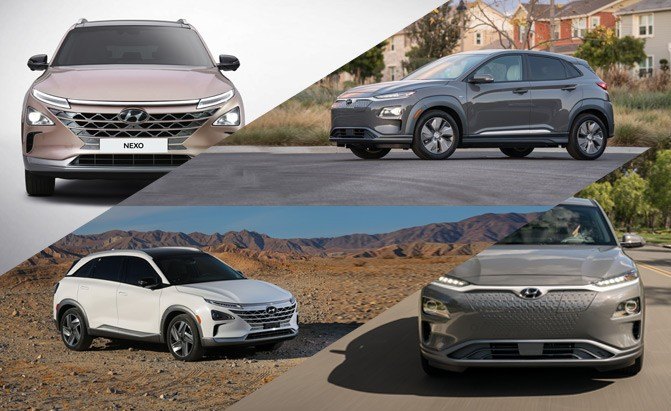

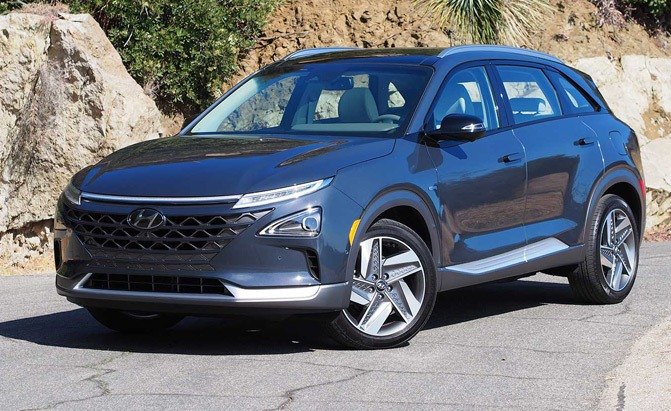














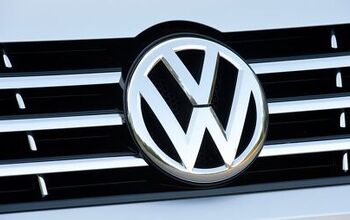

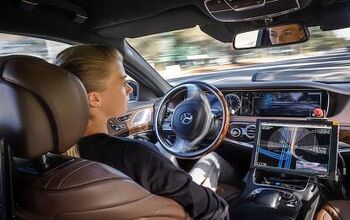

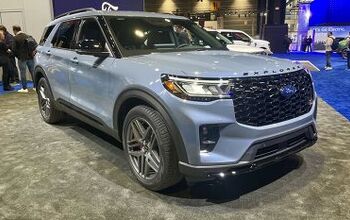
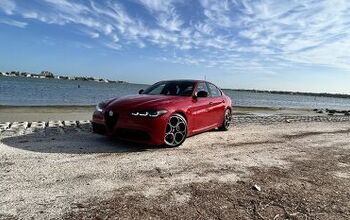
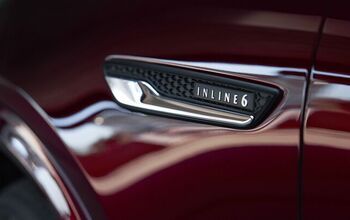



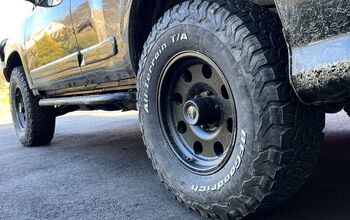
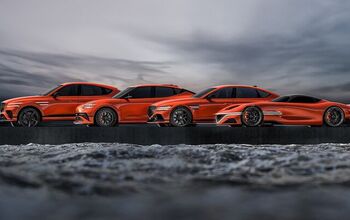

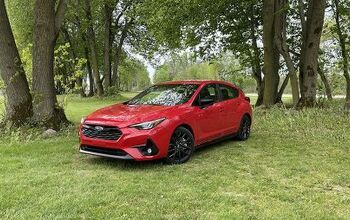
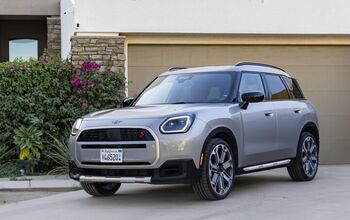
Comments
Join the conversation